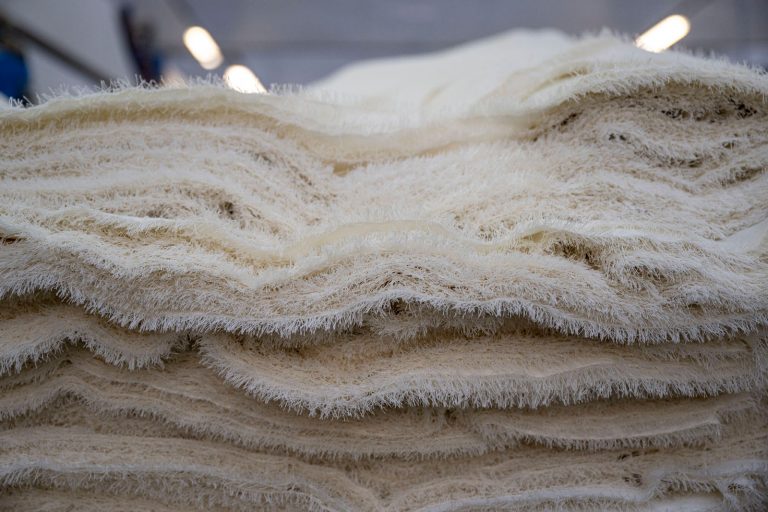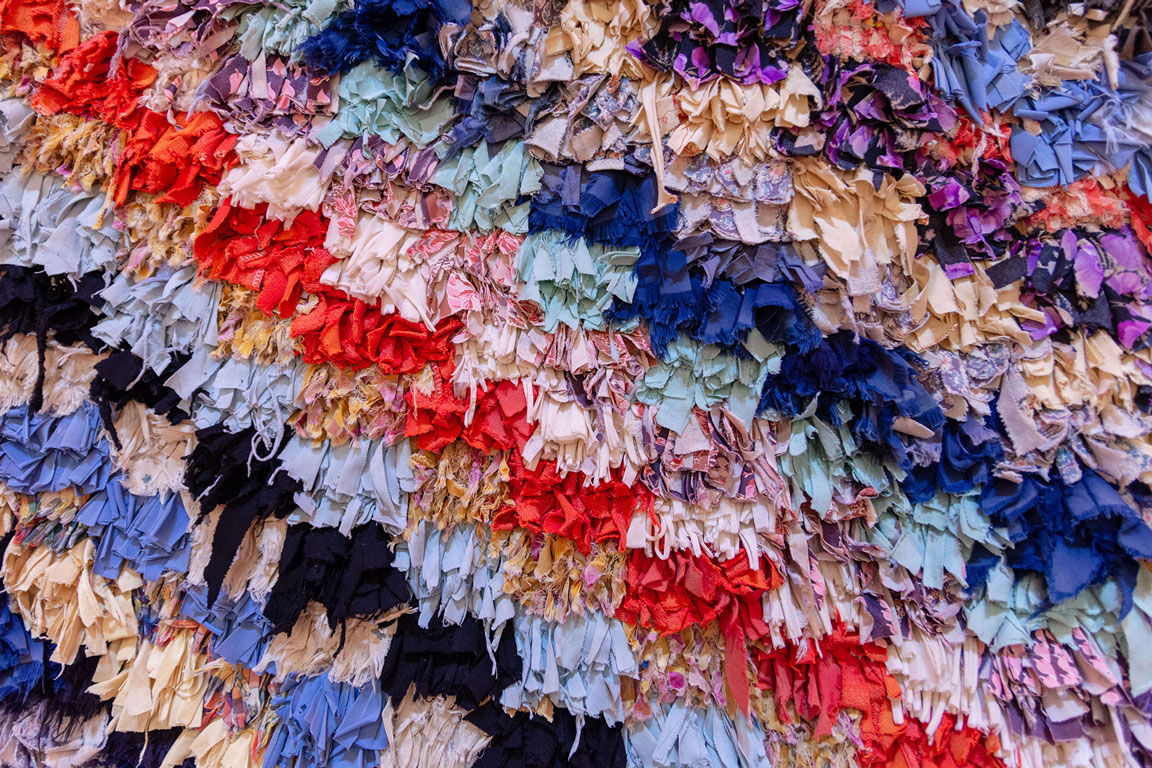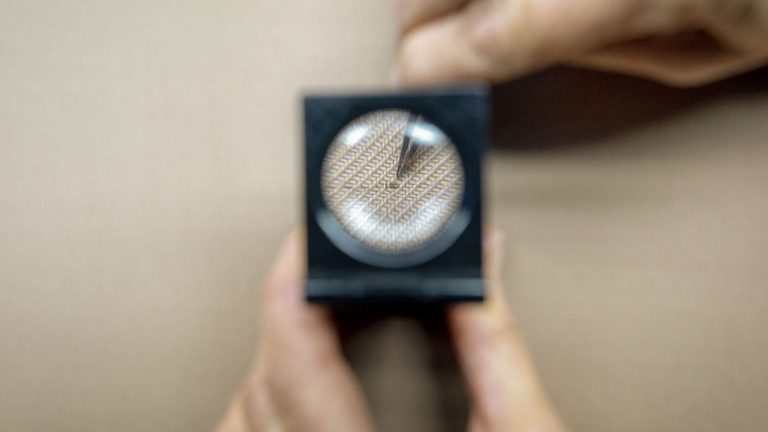Sustainability and fashion: a possible and necessary union. One of the sectors with the greatest environmental impact – second only to petrochemicals – is changing course: ethical and sustainable fashion has been evolving for some time. A trend that has led to a review of the entire production and post-production cycle of collections.
National and international protagonists of the fashion and luxury world are increasingly focusing on sustainability, now an integral part of their renewed business strategy. Being sustainable today is a question of numbers, percentages and data. These are scientific assessments of the environmental impacts of a product’s entire life cycle, also called ‘Life Cycle Assessments’.
According to the definition proposed by the Society of Environmental Toxilogy and Chemistry (SETAC), LCA is “an objective process of assessing the environmental burdens associated with a process, product or activity by identifying and quantifying the energy and materials used and the waste released into the environment […]. The assessment includes the entire life cycle of the product, process or activity, including extraction and treatment of raw materials, manufacturing, transport, distribution, use, reuse, recycling and final disposal.”
Born in the 1960s, this methodology is a valuable tool that brands can use to redesign production processes from scratch with an eco-friendly approach.
What are the impacts assessed with Life Cycle Assessment?
All life steps of a product have an impact on the planet and can lead to environmental problems. For example, it takes 700 litres of water just to make a t-shirt, while the amount needed to produce a pair of jeans is equivalent to the water requirements of an entire year for a person living in the southern Sahara.
Using the LCA methodology, it is possible to evaluate some of these processes. First and foremost, the ‘king’ of environmental emergencies, climate change, which has negative consequences for ecosystem health.
Water depletion, marine and terrestrial eutrophication, acidification, particulate emissions, ozone depletion and so on… are the other impacts that the LCA analyses in detail to measure the ‘sustainability degree’ of the brand, product or service in object.
The life cycle assessment of a product consists of four phases.
Chic but not cheap.
If the colour of the upcoming collections is ‘green’, for many small brands it has much darker shades. To carry out the LCA procedure is, in fact, necessary to arm oneself with time, skills and money, as well as a complete and strict observation of the international environmental management standards ISO 14040 and 14044.
According to these standards, the LCA methodology consists of four steps.
- Goal and scope definition
In this starting phase, the purposes and impact categories to be analysed are established. Particular importance is attached to the identification of the functional unit, i.e. the product to be analysed and the comparison with possible alternatives.
- Life Cycle Inventory
The inventory is then created and analysed, in which all environmental data associated with a product is examined. This traces the product-environment interaction, raw materials consumed and emissions.
- Life Cycle Impact assessment
Proceeding to the assessment of impacts, the data collected in the previous steps are broken down into specific impact categories with local, regional and global scale effects (e.g. greenhouse effect, acidification, eutrophication, etc.).
- Improvement assessment
During the interpretation phase, the results obtained are analysed and discussed, with the aim of identifying the system components to be improved.


Why are life cycle assessments so important?
Behind the trends, the future of our ecosystem is at stake, and this methodology only tears away the Maya veil on which the fashion system has lain so far.
According to a survey published on the ASVIS (Italian Alliance for Sustainable Development) website, in Italy alone, purchases have increased by 400% compared to 20 years ago. We buy more and more to wear less and less: this approach has powered the ‘fast fashion’ system, making our clothes a ‘disposable’ product.
Thanks to the LCA, therefore, it is possible to look at the bigger picture of the individual product, examining each step to identify the different factors influencing sustainability and implement targeted improvements and changes if necessary.





